I thought it may be nice to have a thread, for all of us to share our Lavender Orp project pictures and such. Can we do that? I would love to see and hear more about them. I absoluely love the lavender coloring!
I hatched mine around Halloween, 2009. My eggs came from scbatz (Sarah). They originate from Jody and Charlie (hinkjc). Here are a few pictures of them. (I do have many many more pictures!) My DH isn't really as chicken obsessed as I am, but he has two favorites .... the Delawares for personality and entertainment, and the Lavenders for their beautiful color.
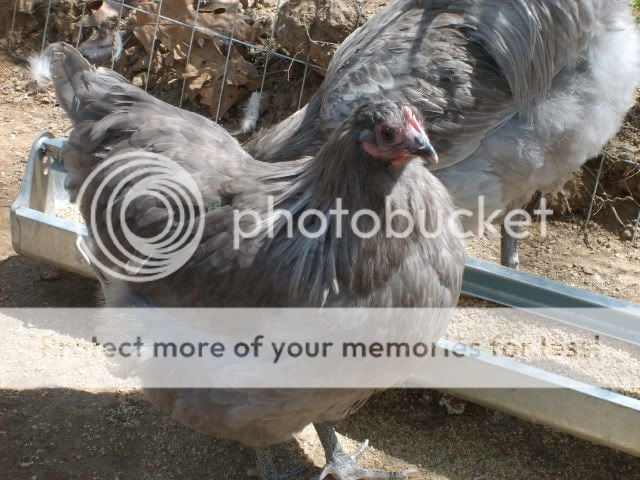
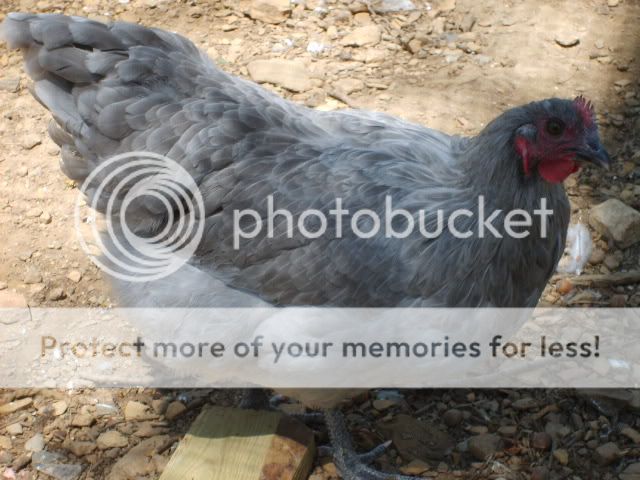
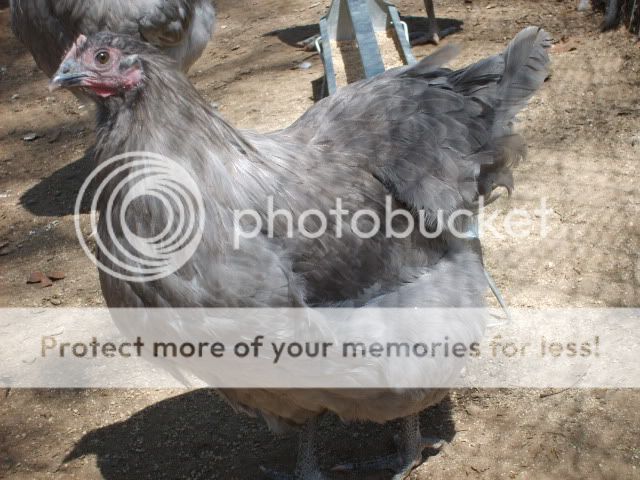
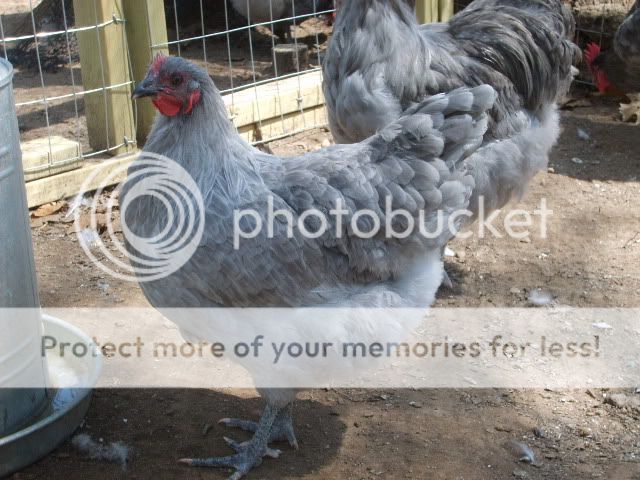
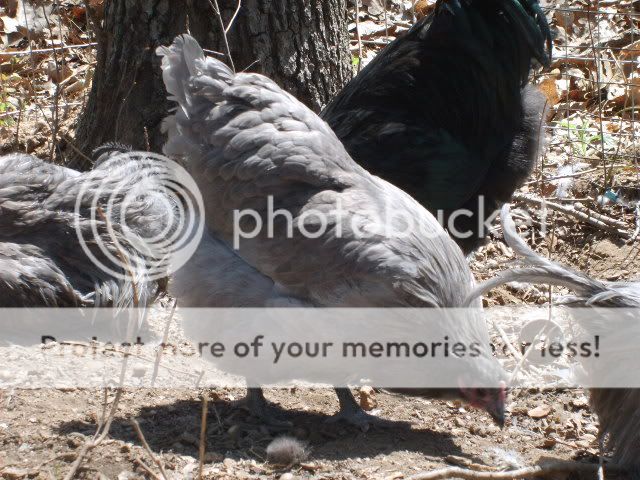
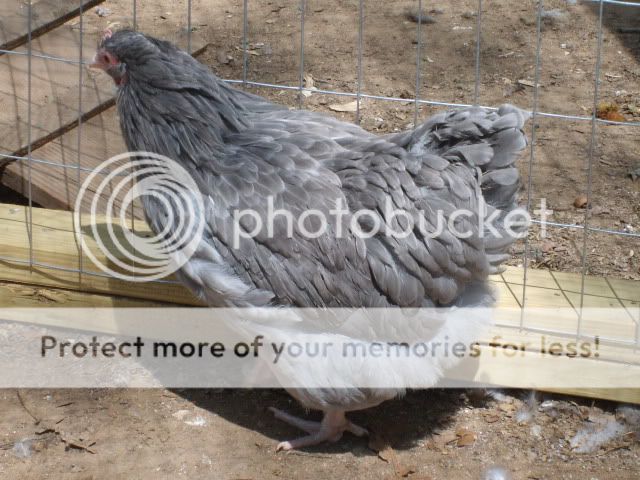
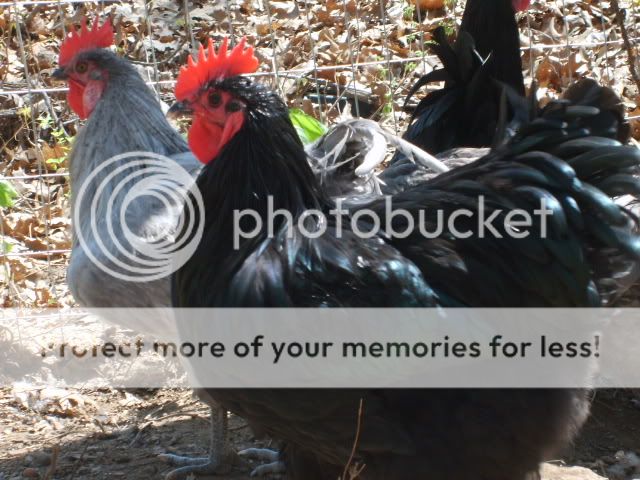
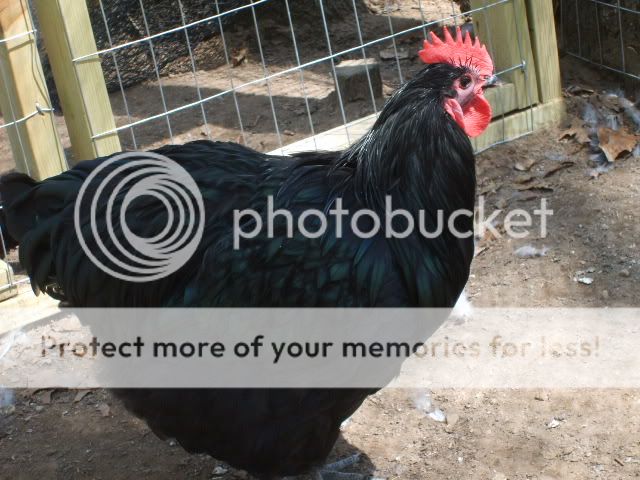
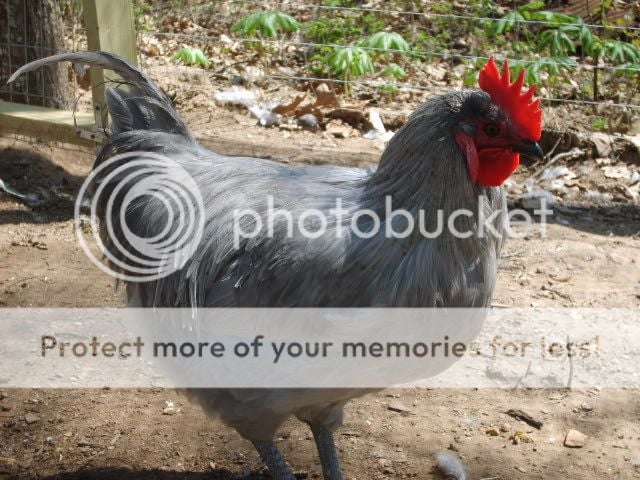
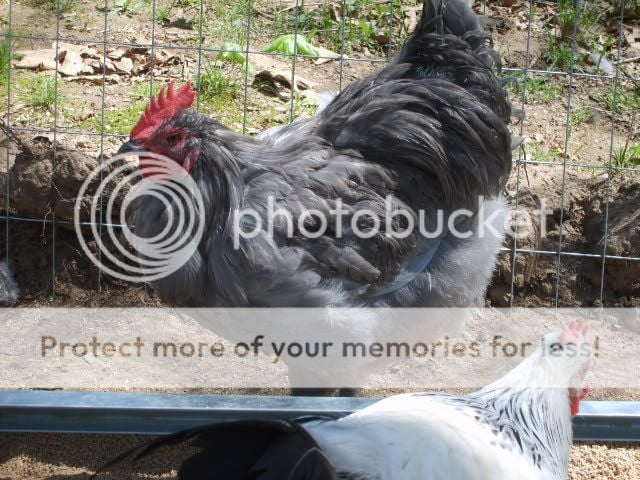
I hatched mine around Halloween, 2009. My eggs came from scbatz (Sarah). They originate from Jody and Charlie (hinkjc). Here are a few pictures of them. (I do have many many more pictures!) My DH isn't really as chicken obsessed as I am, but he has two favorites .... the Delawares for personality and entertainment, and the Lavenders for their beautiful color.










Last edited:



